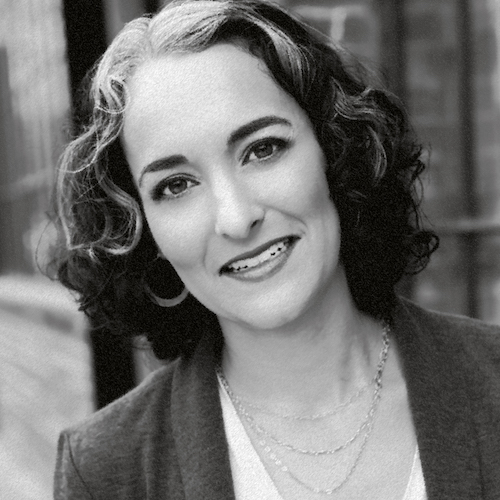
Keramet Reiter
Co-Founder
Criminology, Law and Society Department
ProfessorThank you to the many people, organizations, and funders that have contributed to PrisonPandemic, including: Elena Mo, Patricia Pierson, Berto Lule, Maricruz Rivas, Lacey Wood, Kristine Chan, Nataly Escobedo Garcia, Amrita Jain, Sara Brown and her team of UCI nursing students, UCI hotline volunteers and student volunteers, UCI Schools of Social Ecology and Social Sciences, and VNON. Thank you to PrisonPandemic’s community advisory board: Lee Gibson, Jason Heath, Daniel Hopper, Glenn Jefferson, Shawn Khalifa, Karen McDaniel, and Stephanie Ramirez.
PrisonPandemic has received funding from: Arnold Ventures; the National Center for Research Resources and the National Center for Advancing Translational Sciences, National Institutes of Health, through Grant UL1 TR0001414; the Council on Library and Information Resources (CLIR)’s Digitizing Hidden Special Collections and Archives program; a Sustaining Public Engagement Grant from the American Council for Learned Societies made possible by a grant from the National Endowment for the Humanities (NEH) as part of the Sustaining the Humanities through the American Rescue Plan (SHARP) initiative; and NEH’s Division of Preservation and Access. Data for COVID cases, infection rates, deaths, and facilities come from the UCLA Law Covid-19 Behind Bars Data Project.
We created a digital archive to preserve the stories of people who are incarcerated in California prisons and jails, their family members and loved ones, and the staff who work in these facilities. This living archive tracks people’s stories across time (with retrospective accounts from the start of the pandemic and moving forward) and place (across state prisons, county jails, federal prisons, and immigration detention facilities). We collected stories in three ways. First, individuals called our hotline to tell their stories (staffed Monday through Friday from 5pm to 9pm PST). Second, individuals mailed letters, artwork, and other contributions to us. Third, individuals submitted stories via the submission section of the PrisonPandemic homepage. As of March 2022, we stopped staffing the hotline. As of January 2024, we stopped receiving mailed contributions.
We are a group of faculty and students at the University of California, Irvine, who study the experiences and effects of incarceration in the United States, and especially, the unequal impacts of the harms of incarceration. As we read the news about COVID-19 ravaging our prisons and jails, we have been concerned about the dangerous effects of the virus on people living and working in prisons and jails (and on their loved ones). And we have noted that there are currently no systematic accounts of how people incarcerated, their loved ones, and the staff and officers who work in these facilities are experiencing this public health crisis. In fact, widespread lockdowns and outside visitor prohibitions cut off incarcerated people from most outside contact. We started this project to address these concerns.
We have two goals. First, we hope to bear witness to what people are experiencing inside our carceral facilities during the pandemic. We want to give them an opportunity to describe their experiences and for them to know that people are listening to and sharing those descriptions. Second, we want to bring greater transparency to the crisis through the creation of our digital archive. The archive will serve as a resource for understanding the pandemic’s unequal toll. By providing individuals in prisons and jails an opportunity to share their stories, this project will raise awareness to the vulnerabilities experienced by this population.
We are continuing to add stories to the site. After a person calls our hotline or sends a letter to us, we edit the contribution to remove identifying information and we segment longer stories into shorter moments. We have received thousands of contributions so far, and we will continue to add those, as well as new ones, as we work to ensure that they are anonymous and redacted.
Our team edits longer contributions into shorter segments, based on topics, in order to provide visitors easy access to a variety of stories. For each segment, we assign at least one of the following five topics depending on the segment’s main focus: family, infection, carceral conditions, programs, and stress.
The website was produced by Elena Mo, with brand design by Genesis Silva and website design by Xiaoxiao Ma. The drawing of the SHU cell (in the Collections page) is by Frank Alejandrez.
We update numbers pertaining to COVID cases, infection rates, deaths, and facilities, where available, on a regular basis. These data all come from the UCLA Law Covid-19 Behind Bars Data Project.